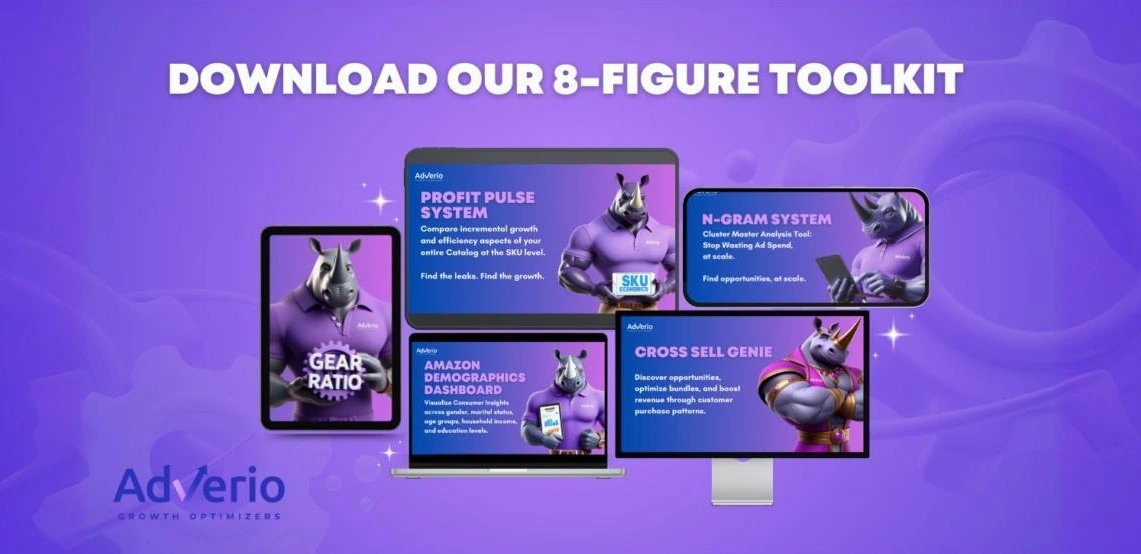Table of Contents
How are you adapting to Amazon’s new Fulfillment by Amazon (FBA) inbound placement fees? For Amazon sellers relying on this giant marketplace, staying competitive means understanding these fee changes and strategically restructuring logistics. Amazon’s enhancements reflect a sophisticated calculus involving item dimensions, weight, and destination within its network, all far beyond a simplistic flat rate. But what does this mean for your business, and how can you proactively minimize consequences?
Let’s dissect what you need to know about these FBA inbound placement fees and delve into practical, actionable strategies to align with these changes. Whether you’re already generating seven to eight figures or seeking growth avenues, mastering these insights can shape a more profitable Amazon presence for you.
Understanding Updated FBA Inbound Placement Fees
Inbound placement fees come into play when Amazon distributes inventory across its fulfillment centers, optimizing stock proximity to potential buyers. The calculus involves:
- Item Size and Weight: Smaller items translate to smaller fees; larger items incur heftier costs.
- Destination Considerations: Fulfillment centers, particularly in high-demand Western regions like California, tend to carry higher costs.
- Split Shipments: Some shipment plans require distribution to multiple centers, impacting cost.
Three shipping options affect these variables:
- Minimal Shipment Splits: Single-location shipment handled by Amazon, including a convenience fee.
- Partial Shipment Splits: Two or three inbound centers with fewer fees.
- Amazon-Optimized Shipment Splits: Four or more centers at no extra charge, based on recommendations.
Strategic Approaches to Minimize Fees
Implement these strategies to manage these fees smartly:
- Segregate shipment by size: Keep oversized and standard items distinctly categorized. Create separate plans for smaller, lighter packages and bulkier, oversized ones to avoid cross-influencing costs.
- Optimize Products Within Size Guidelines: Intensive focus on ensuring items remain within Amazon’s standard-size specs. Every inch and pound not stretching into oversized classification helps manage expenses.
- Packaging Considerations: Adopting space-efficient packaging keeps fees in check while securing items from damage. Eco-friendly, customizable packaging materials can lower both fees and environmental impact.
- Strategic Location Targeting: Aim inbound shipments away from costlier Western regions. Amazon’s regional distribution solutions offer strategic selection opportunities, balancing fee and delivery time.
- Fulfillment by Merchant (FBM) for Costly Items: Consider FBM for bulky or inactive listings. Implementing FBA for fast-moving, profitable items while using FBM for the rest optimizes inventory management and cost efficiency.
Leverage New Seller Incentives
If recently diving into the Amazon pool, capitalize on incentives like the $400 credit for sellers introducing their first listings in early 2024. Use this alongside a supplementary $100 shipping credit to test shipping alternatives without detrimental upfront costs.
Turn FBA Fee Adjustments Into Profit Opportunities
Amazon’s FBA fee changes aren’t just an expense they’re an opportunity to optimize and scale smarter. By restructuring shipments, refining product design, and leveraging regional placement credits, you can cut costs and increase profitability.
But mastering these adjustments takes insight and strategy. That’s where Adverio can help. Our experts help you align logistics with Amazon’s evolving fees, ensuring your operations stay lean, efficient, and profitable.
Your move? Stop overpaying and start optimizing. Partner with Adverio today and turn FBA fee shifts into a competitive advantage.





























